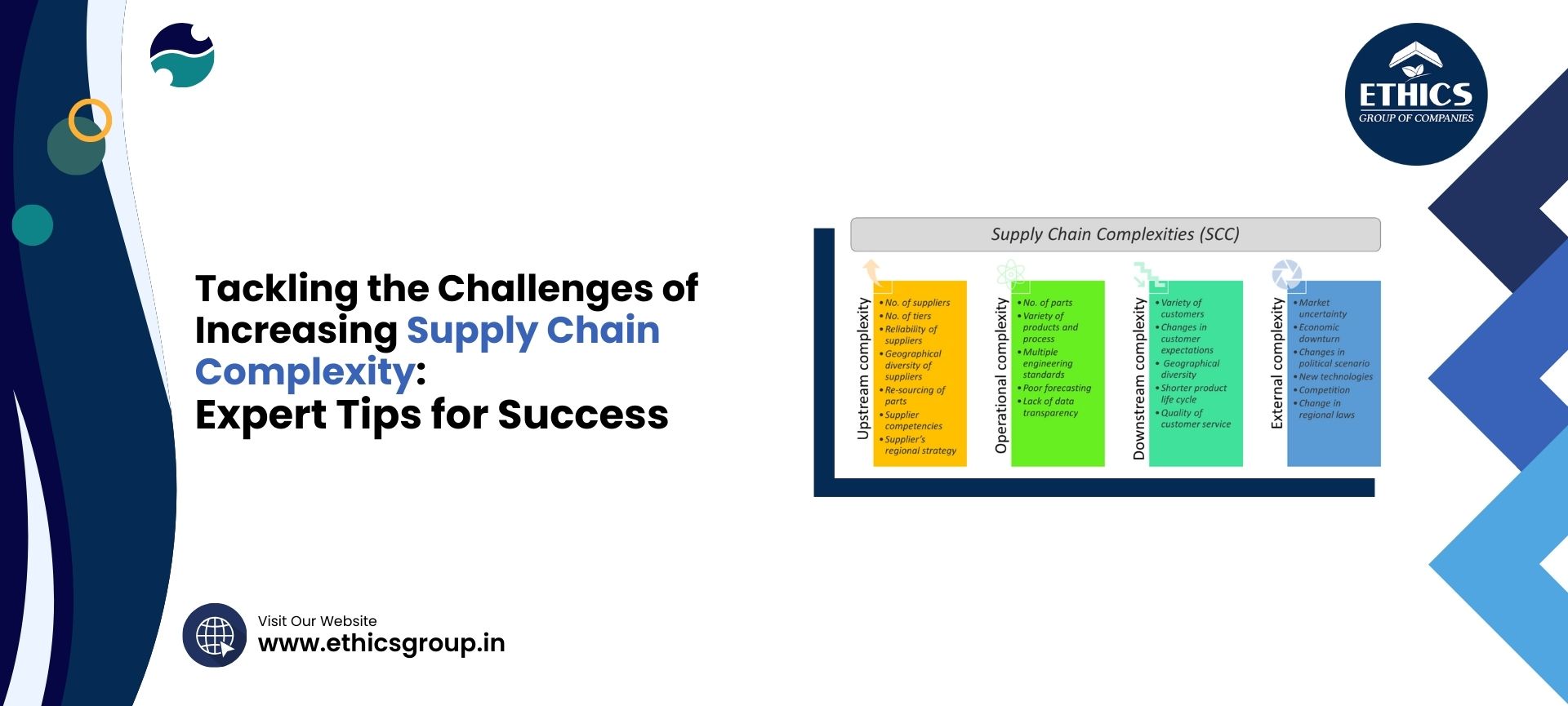searched blogs

31 Jul 2023
The Big Picture: How End-to-End Supply Chain Management Can Revolutionize Your Business
The supply chain is the backbone of any business, connecting raw material suppliers to manufacturers and distributors, and ultimately to customers. Supply chain management is the process of overseeing these activities to ensure a smooth and efficient flow of goods and services from the point of origin to the point of consumption. End to end supply chain management takes this a step...

31 Jul 2023
Tackling the Challenges of Increasing Supply Chain Complexity: Expert Tips for Success
Introduction
Before discussing about supply chain complexity, lets see some following facts of Supply chain:
Global marketplace is becoming more interdependent and complex; businesses operate within an extremely competitive atmosphere. A well-managed supply chain is crucial to business success; supply chain management involves orchestrating various activities, processes and stakeh...

21 May 2024
Maximizing Efficiency: The Role of Artificial Intelligence in Supply Chain Management
Introduction:
The modern supply chain is a highly meticulous affair – an elaborate network of multifaceted operations spanning across the world & implicating a plethora of factors. The supply chain management has relied on historical data and human expertise. However today, the huge increase in environmental uncertainty and the complexity of information needs mo...
.jpg)
16 Oct 2025
Supply Chain Management and Its Benefits
In today’s competitive business environment, Supply Chain Management (SCM) has become more than just a logistics function—it’s the backbone of operational success. Over my four decades in the supply chain industry, I’ve witnessed how a well-orchestrated supply chain can turn challenges into opportunities, ensuring business continuity, cost efficiency, and cus...
